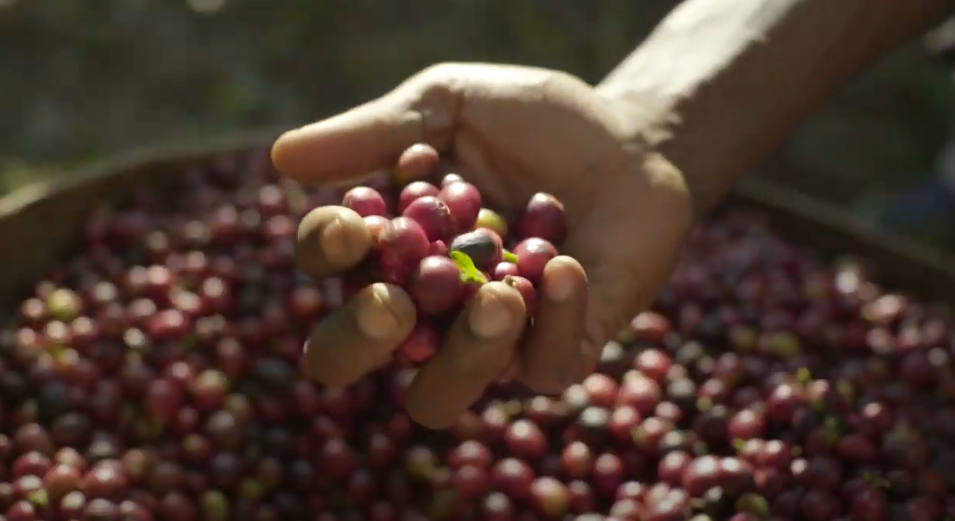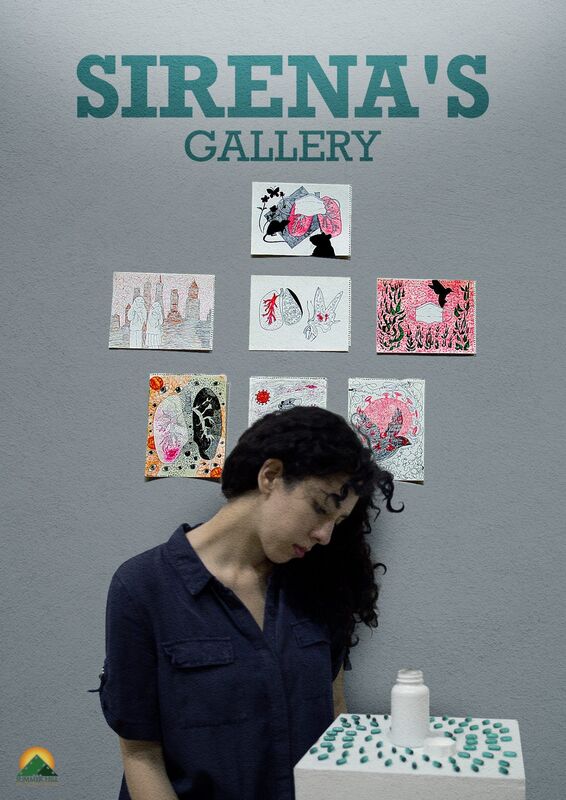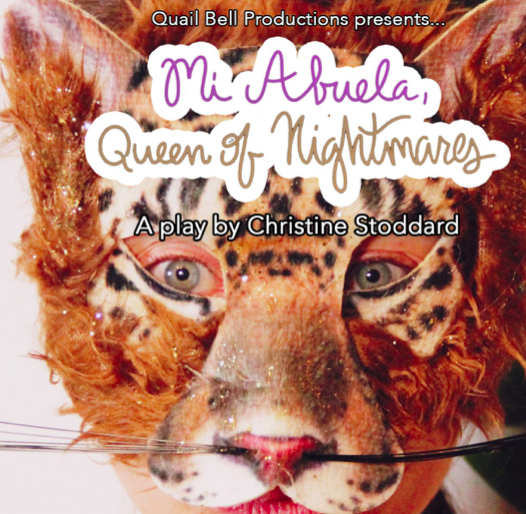|
The Breadcrumbs widget will appear here on the published site.
Gorongosa Coffee Offers a World-Saving Sustainability Model
By Gretchen Gales
Gorongosa Coffee isn’t your typical “feel-good” premium coffee brand for a cause. Instead, the brand is the example of the way a cause-focused brand should be: people first and community-centered. Based out of Gorongosa National Park, it could be the key to making the country of Mozambique the epicenter of a business model sustainable enough to save the planet.
Formerly owned and operated by the Portuguese as a tourist attraction, Gorongosa National Park is home to one of the world’s most biodiverse rainforests. Before the entire country was liberated from occupation in 1972, the park only served as a means of income for the Porteguese, not for those actively living in the community, for 17 years. The country only experienced three years of peace until 1975 when Mozambique was launched into a civil war for yet another 17 years.
By the 1990’s, lingering colonialism along with damages sustained from war destroyed the park’s resources and drained its funding. The then president Joaquim Chissano sought out opportunities to rebuild the country, including the park. In 2004, Chissano spoke at Harvard University and caught the attention of philanthropist Greg Carr, who serves as the current president of the park. Chissano invited him to be part of the Gorongosa Restoration Project, often regarded as the greatest human and wildlife success stories in the Sub-Saharan region of Africa for a good reason.
This was immediately obvious to Eric Wilburn, the Chief Operating Officer (COO) of Gorongosa Coffee, who joined the Peace Corps in 2012 where he served in Mozambique until 2014. Already passionate about ecological justice, he instantly fell in love with Gorongosa and their dedication to ensuring the whole community was at the center of their own park. That dedication has only amplified since becoming the COO.
“What makes us different is that we are owned by the park, not the other way around,” said Wilburn. “[CEO Matt Jordan, the Director of Sustainability, and I] live under the structure of the park, which controls the funds. 100% of the profits go directly to supporting those living in the park, both the people and animals.” There are three primary causes Gorongosa Coffee supports: girls’ education, wildlife conservation, and environmental sustainability. These three causes are what Wilburn and the rest of the park highlight as the crucial triad responsible for restoring the earth and ensuring an equitable future. “If you want socioeconomic and environmental stability, you need to invest in girls’ education,” asserted Wilburn. “Right now, we are trying to build 100 schools in the buffer zone where there are high densities of people living outside of the park, but are still a key part of the park for resources. They have first hand influence on wildlife and the large area just outside of the park.”
Thanks to the focus on wildlife, Gorongosa National Park has reintroduced many species that disappeared or had dwindling numbers after the civil war. The staff were able to reintroduce zebras, wild dogs, pygmy chameleons, lions, and 470 different bird species. After Mozambique’s Civil War, there were only 100 elephants and 20 lions left in the park. With restoration efforts, there are now over 700 elephants and 150 lions roaming the park. Buffalos, hippos, and additional elephants were brought in the park to supplement existing species.
The animals are able to thrive thanks to the tremendous efforts of Gorongosa National Park to plant thousands of various species of plants, mostly saplings and coffee bushes. Their primary mission of restoring the rainforest as an inhabitable location was how Gorongosa Coffee got started in the first place. “Rainforests are key for pulling CO2 out of the air. Rainforests are the lungs of our planet, and having a revitalized ecosystem,” noted Wilburn. “One of the major problems was that local farmers only had potatoes as their lone income crop. The process would take two years only to have them move to another plot of land. They barely received income from the potatoes, averaging less than a dollar a day.” Thanks to restoration efforts, around 500 farmers are employed in the park to tend to 50,000 saplings and 500,000 coffee bushes now occupying the forest. The coffee bushes also give a new crop for the farmers to tend to and to make a livable profit.
When COVID-19 became a pandemic, Gorongosa Coffee briefly shifted its proceeds towards illness prevention education and obtaining medical supplies as they became available. They also spent time weaving masks to distribute to the community. The entire park made the decision as one unit to allocate funding towards the cause up until recently. But even with a global pandemic as a threat and the park still closed to the public, Wilburn is confident that they will not lose progress.
“The people of Mozambique have adapted to diseases in ways the western world has not. They are also more emotionally resilient after experiencing hurricanes, armed conflict from rebel groups, and other diseases such as malaria, HIV, and waterborne illnesses which [are prevalent] in the country. But I have full faith that they will overcome and recover from [COVID-19] without a doubt,” said Wilburn.
Combined with the undeniable resilience of the Mozambican people and the flourishing park, Wilburn and the rest of the staff see a future where all business models run on what is best for a community and not for personal gain. “If every business was owned by a nonprofit, imagine what the world would look like.”
Click here to find out more about Gorongosa National Park and here to visit Gorongosa Coffee’s website.
0 Comments
CommentsYour comment will be posted after it is approved.
Leave a Reply. |
AuthorWrite something about yourself. No need to be fancy, just an overview. Archives
July 2024
Categories
All
|



 RSS Feed
RSS Feed






